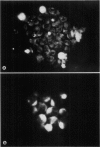Abstract
Growth conditions fof human oval cells (immature hepatocytes),evidence of hepatitis B (HB) antigen synthesis in oval cells as revealed by immunofluorescent staining and successful passage of such an agent in the culture fluid up to the 4th passage are described. The results have been proved to be readily reproducible with different inocula. The oval cells used in these experiments were defined as small round cells, with scant cytoplasm, vesicular nuclei and small nucleoli, vitally stained with indocyanine green and synthesizing alpha-foetoprotein but no albumin.
Full text
PDF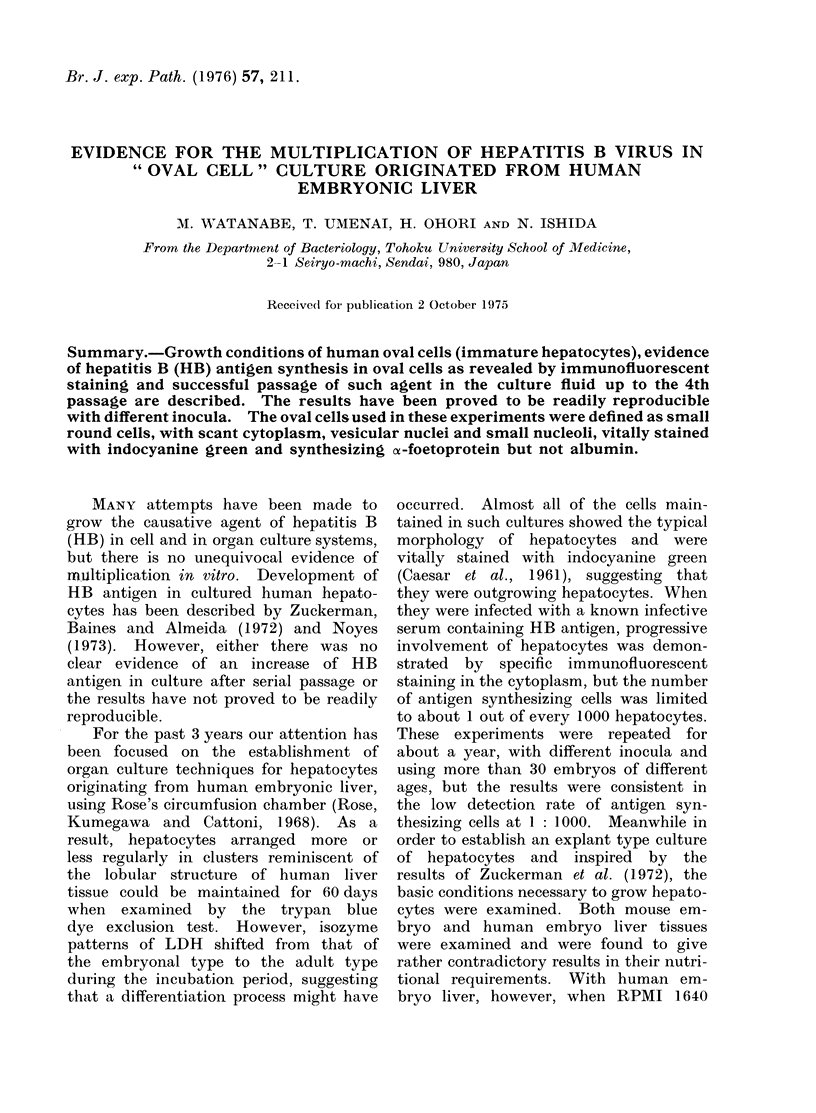
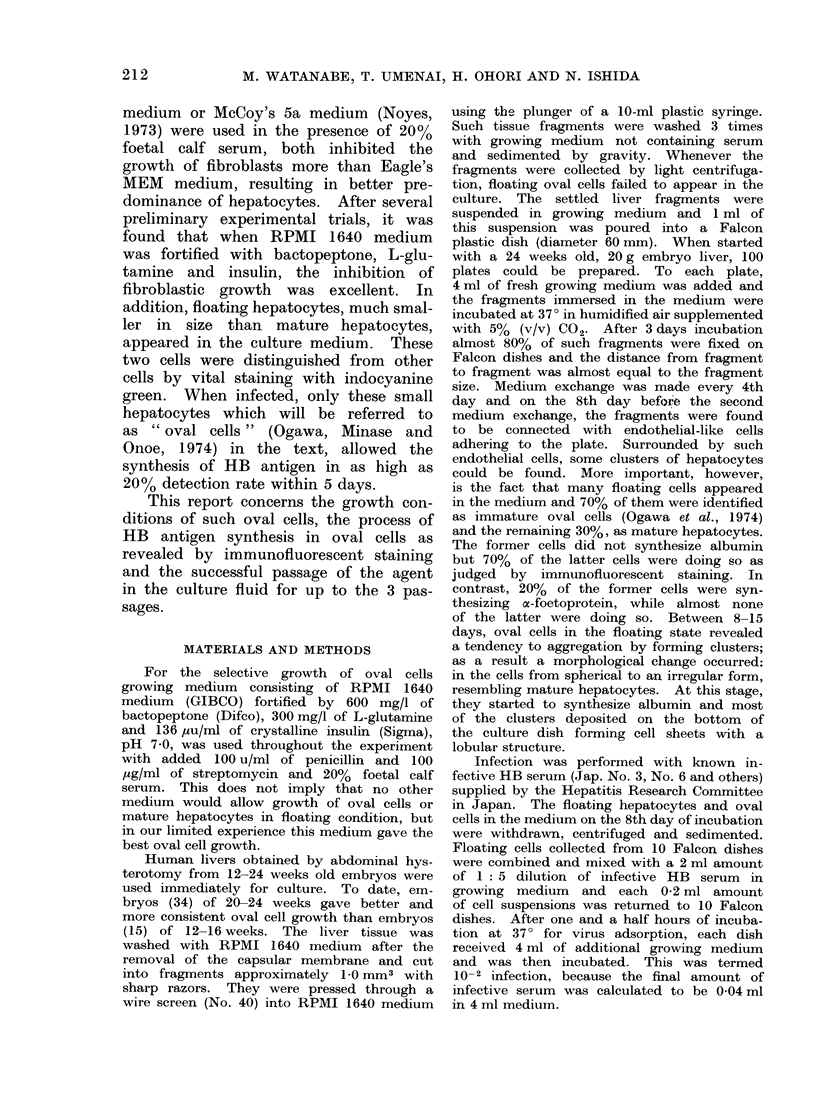
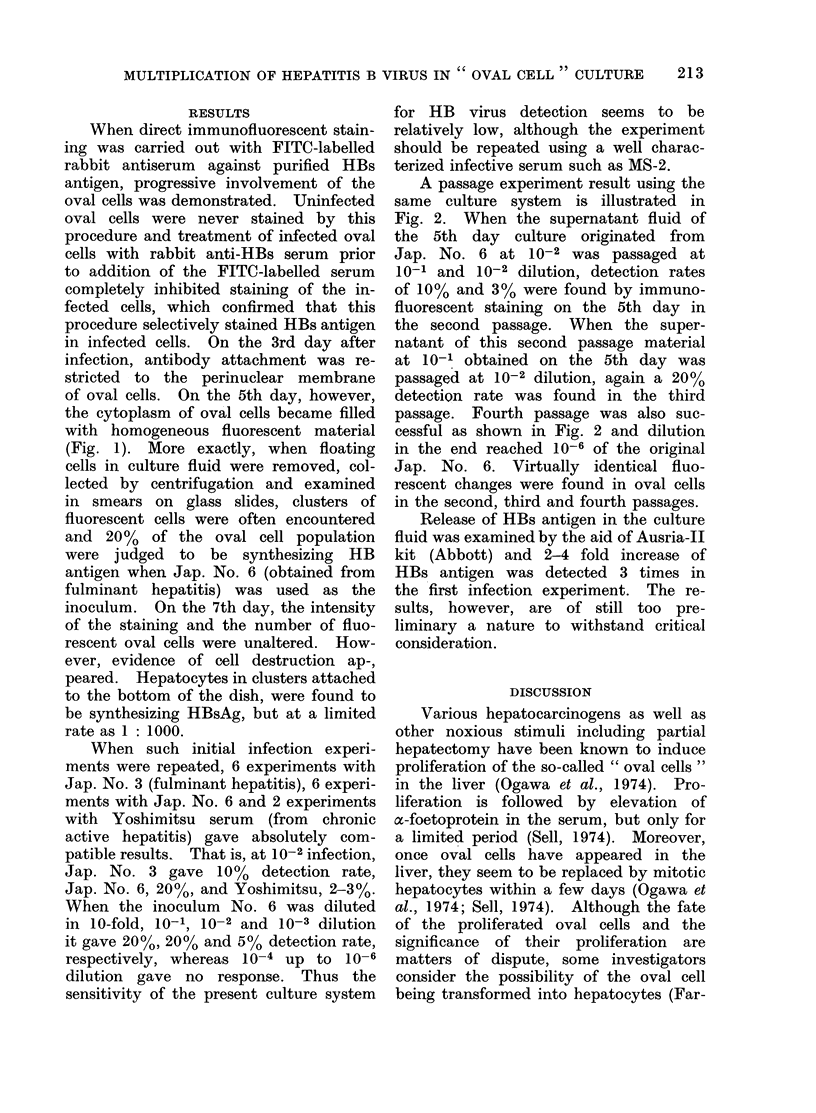
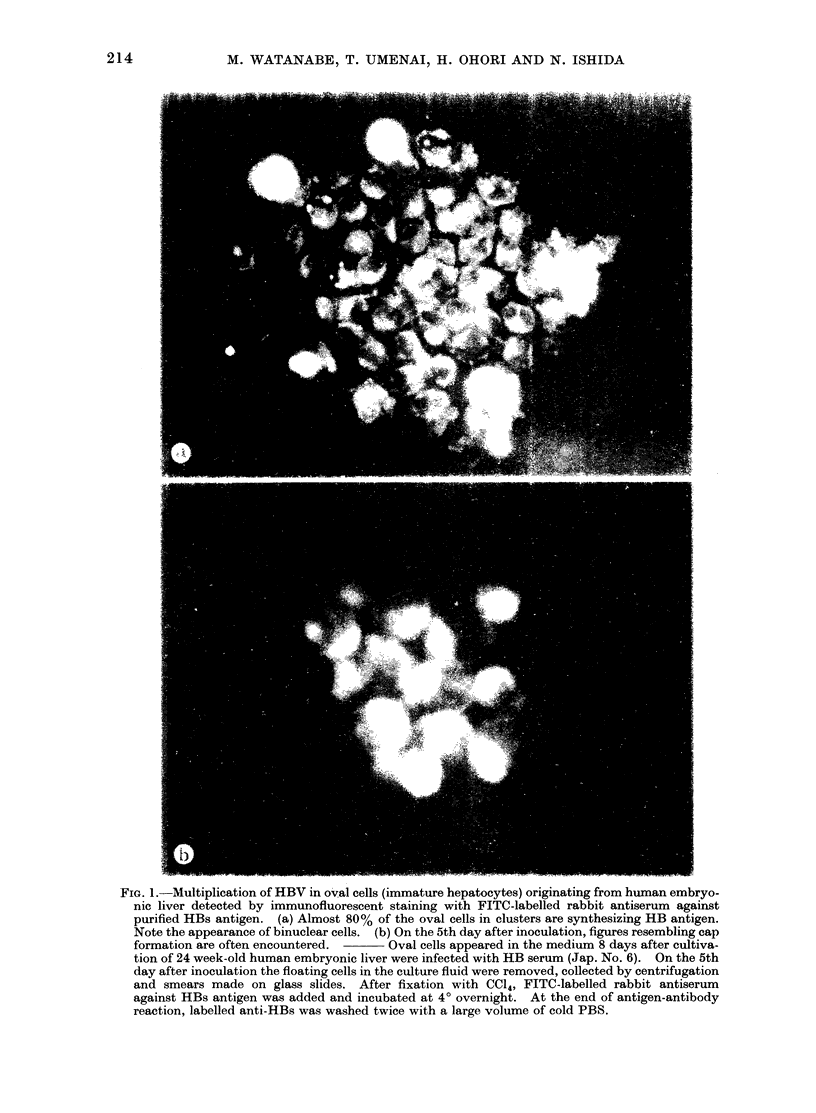
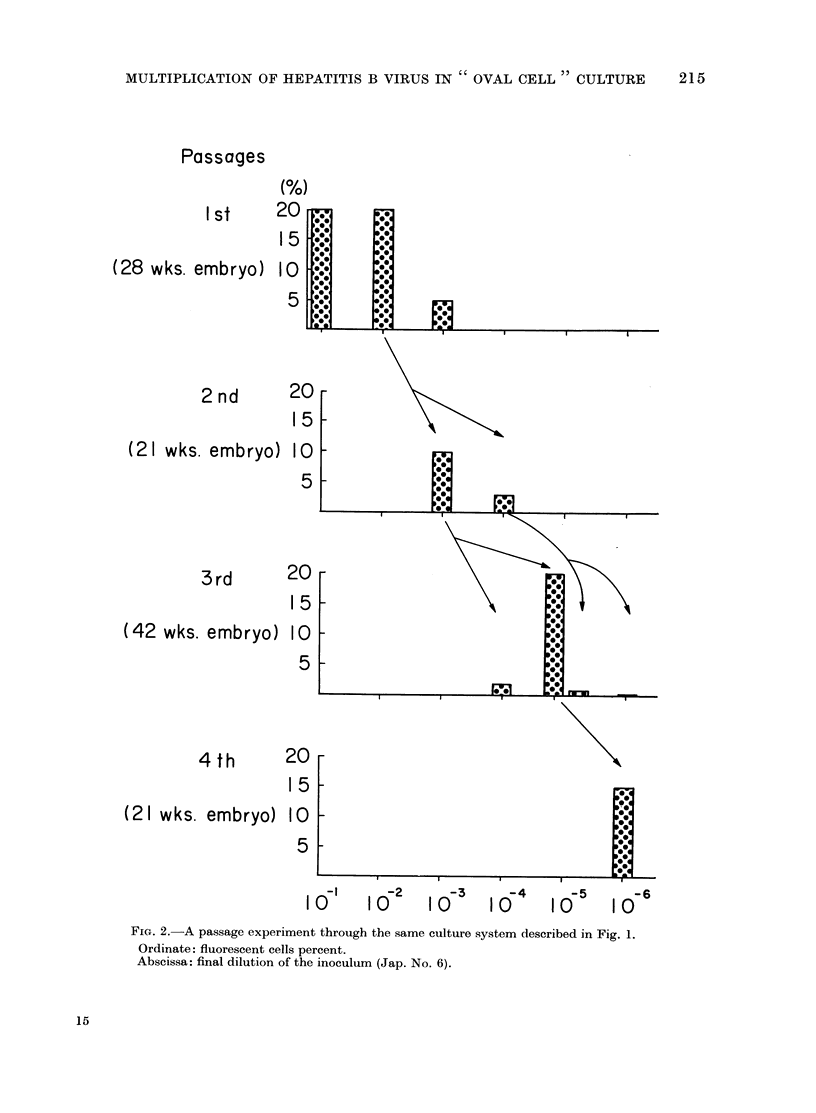
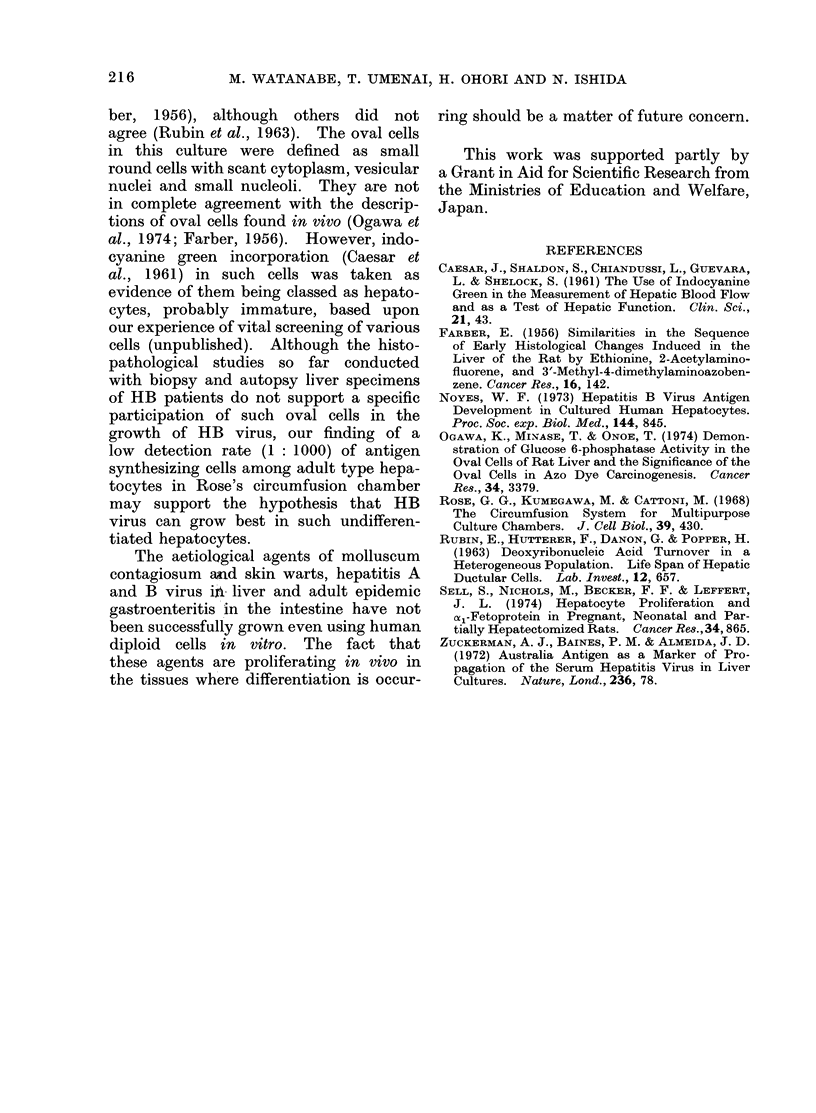
Images in this article
Selected References
These references are in PubMed. This may not be the complete list of references from this article.
- CAESAR J., SHALDON S., CHIANDUSSI L., GUEVARA L., SHERLOCK S. The use of indocyanine green in the measurement of hepatic blood flow and as a test of hepatic function. Clin Sci. 1961 Aug;21:43–57. [PubMed] [Google Scholar]
- FARBER E. Similarities in the sequence of early histological changes induced in the liver of the rat by ethionine, 2-acetylamino-fluorene, and 3'-methyl-4-dimethylaminoazobenzene. Cancer Res. 1956 Feb;16(2):142–148. [PubMed] [Google Scholar]
- Noyes W. F. Hepatis B virus antigen development in cultured human hepatocytes. Proc Soc Exp Biol Med. 1973 Dec;144(3):845–851. doi: 10.3181/00379727-144-37695. [DOI] [PubMed] [Google Scholar]
- Ogawa K., Minase T., Onhoe T. Demonstration of glucose 6-phosphatase activity in the oval cells of rat liver and the significance of the oval cells in azo dye carcinogenesis. Cancer Res. 1974 Dec;34(12):3379–3386. [PubMed] [Google Scholar]
- RUBIN E., HUTTERER F., DANON G., POPPER H. Deoxyribonucleic acid turnover in a heterogeneous population. Life span of hepatic ductular cells. Lab Invest. 1963 Jun;12:657–662. [PubMed] [Google Scholar]
- Rose G. G., Kumegawa M., Cattoni M. The circumfusion system for multipurposeculture chambers. II. The protracted maintenance of differentiation of fetal and newborn mouse liver in vitro. J Cell Biol. 1968 Nov;39(2):430–450. doi: 10.1083/jcb.39.2.430. [DOI] [PMC free article] [PubMed] [Google Scholar]
- Sell S., Nichols M., Becker F. F., Leffert H. L. Hepatocyte proliferation and alpha 1-fetoprotein in pregnant, neonatal, and partially hepatectomized rats. Cancer Res. 1974 Apr;34(4):865–871. [PubMed] [Google Scholar]
- Zuckerman A. J., Baines P. M., Almeida J. D. Australia antigen as a marker of propagation of the serum hepatitis virus in liver cultures. Nature. 1972 Mar 10;236(5341):78–81. doi: 10.1038/236078a0. [DOI] [PMC free article] [PubMed] [Google Scholar]



